Understanding Peel-and-Stick vs. Traditional Options for a Safe Interior
When it comes to transforming your walls with stylish wallpaper, it’s essential to understand the materials used, especially if you or your clients have sensitivities or concerns about chemical emissions. Wallpaper today comes in a variety of types, each with unique features that can impact air quality and safety. At Koko Art Shop, we’re dedicated to transparency about our materials, so you can make the best choice for your space.
Eco-Friendly Inks: Our Commitment to Low-VOC Printing
All of our wallpapers are printed using latex water-based inks. This means there are no solvents or Volatile Organic Compounds (VOCs) involved in the printing process. VOCs are chemicals that can evaporate into the air and contribute to indoor air pollution. By using water-based inks, we ensure that your wallpaper is not only vibrant and durable but also free from these potentially harmful compounds. This makes our wallpapers a safer choice for homes, offices, and even nurseries, where air quality is particularly important.
Understanding Peel-and-Stick Wallpaper: Materials and Safety Considerations
Our peel-and-stick wallpapers are designed for convenience, offering a simple way to apply and remove wallpaper without the need for extra tools or adhesives. However, it’s important to note that these wallpapers are vinyl-based and contain PVC (polyvinyl chloride). PVC is commonly used in durable wallpaper products for its strength and flexibility, but it does mean that these products contain synthetic materials.
In addition, pressure-sensitive adhesive films like peel-and-stick wallpapers may contain trace compounds, including formaldehyde, which is sometimes found in the adhesive or the vinyl film. While these levels are minimal and compliant with domestic safety standards, individuals with heightened chemical sensitivities or allergies should be cautious with PVC-based products.
Domestic Manufacturing and Safety Compliance
We are proud to say that all our paper supplies are manufactured in the United States. This ensures that they meet domestic safety requirements and are compliant for interior use. We prioritize quality and safety to offer products that are suitable for home and commercial environments. However, if you or your clients are particularly sensitive to synthetic compounds, it’s worth considering alternative wallpaper options that may better suit your needs.
Avoiding Additional Adhesives with Peel-and-Stick Wallpaper
One of the main attractions of peel-and-stick wallpaper is that it’s ready to use right out of the package—no additional adhesives required. In fact, we do not recommend using any extra adhesives with our peel-and-stick wallpapers. Adhesive incompatibility can lead to chemical reactions, which may result in unexpected issues, such as a foul odor after installation. To keep your installation safe and odor-free, it’s best to rely solely on the built-in adhesive provided.
For a More Natural Option: Consider Traditional Pre-Pasted or Non-Pasted Wallpaper
For those seeking a wallpaper option with minimal chemical content, we recommend considering our Traditional Pre-Pasted or Traditional Non-Pasted wallpaper options:
-
Traditional Pre-Pasted Wallpaper: Made from 100% natural fiber paper (including 10% post-consumer waste), this wallpaper has a water-activated methylcellulose glue backing, which is both eco-friendly and safe. This glue is commonly used in food and medical applications, making it an excellent choice for homes where chemical exposure is a concern.
-
Traditional Non-Pasted Wallpaper: This wallpaper is also 100% fiber-based, allowing you to select an adhesive of your choice. This gives you control over the type of adhesive used, which is ideal for those wanting to minimize chemical exposure. Be sure to choose a low-VOC or zero-VOC wallpaper paste if air quality is a priority.
These traditional options provide an excellent alternative for anyone with heightened sensitivities, as they are free from PVC and other synthetic compounds often found in peel-and-stick products.
Making the Best Wallpaper Choice for Your Space
Selecting the right wallpaper involves more than just choosing a pattern—it’s about considering the materials and how they fit with your space’s needs. While peel-and-stick wallpapers offer unbeatable convenience, traditional options may provide added peace of mind for chemically sensitive individuals. Whatever you choose, rest assured that all our wallpapers are crafted with safety, quality, and style in mind.
For more personalized advice, don’t hesitate to reach out to our team. We’re here to help you create a beautiful, healthy environment that you can enjoy for years to come.




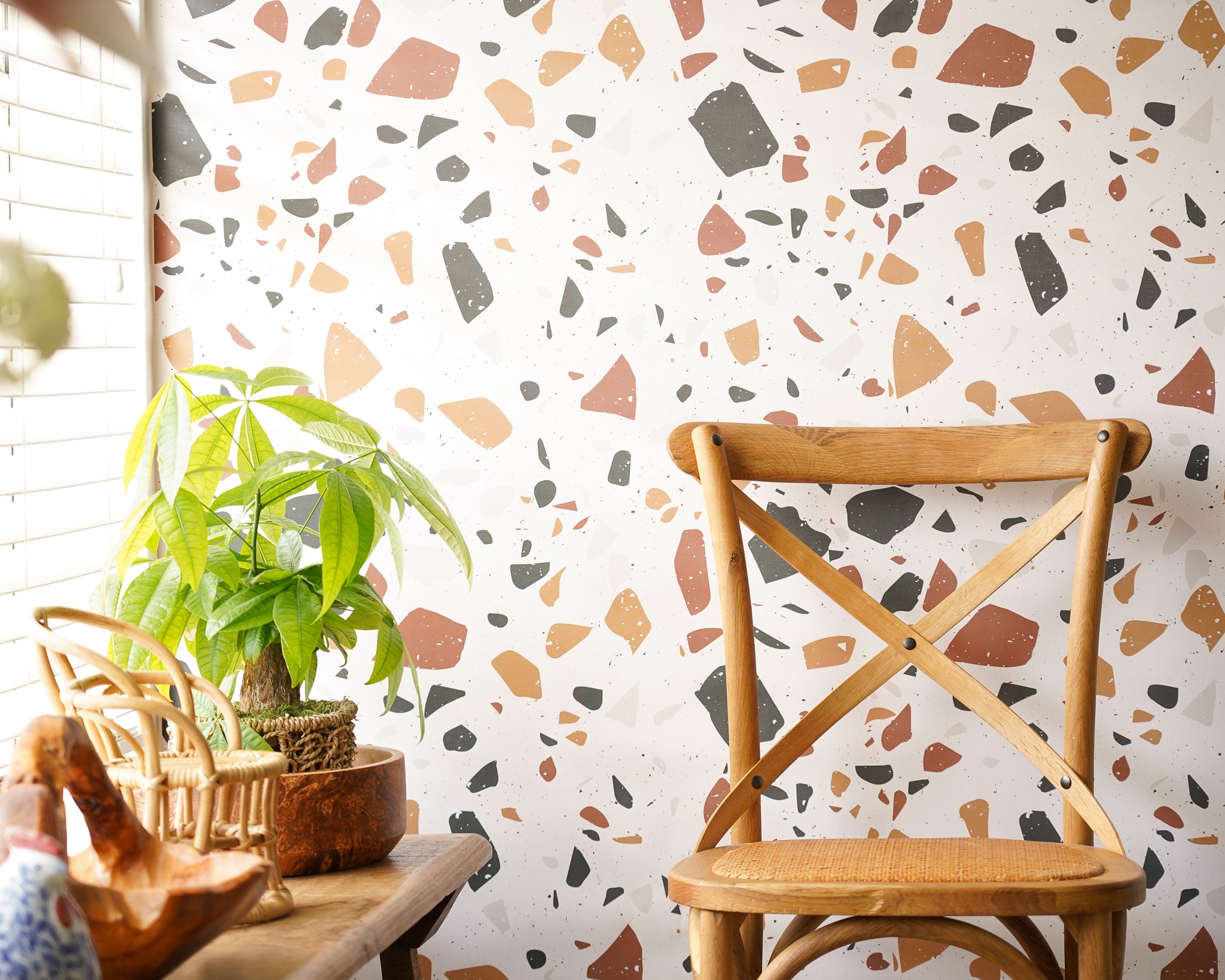
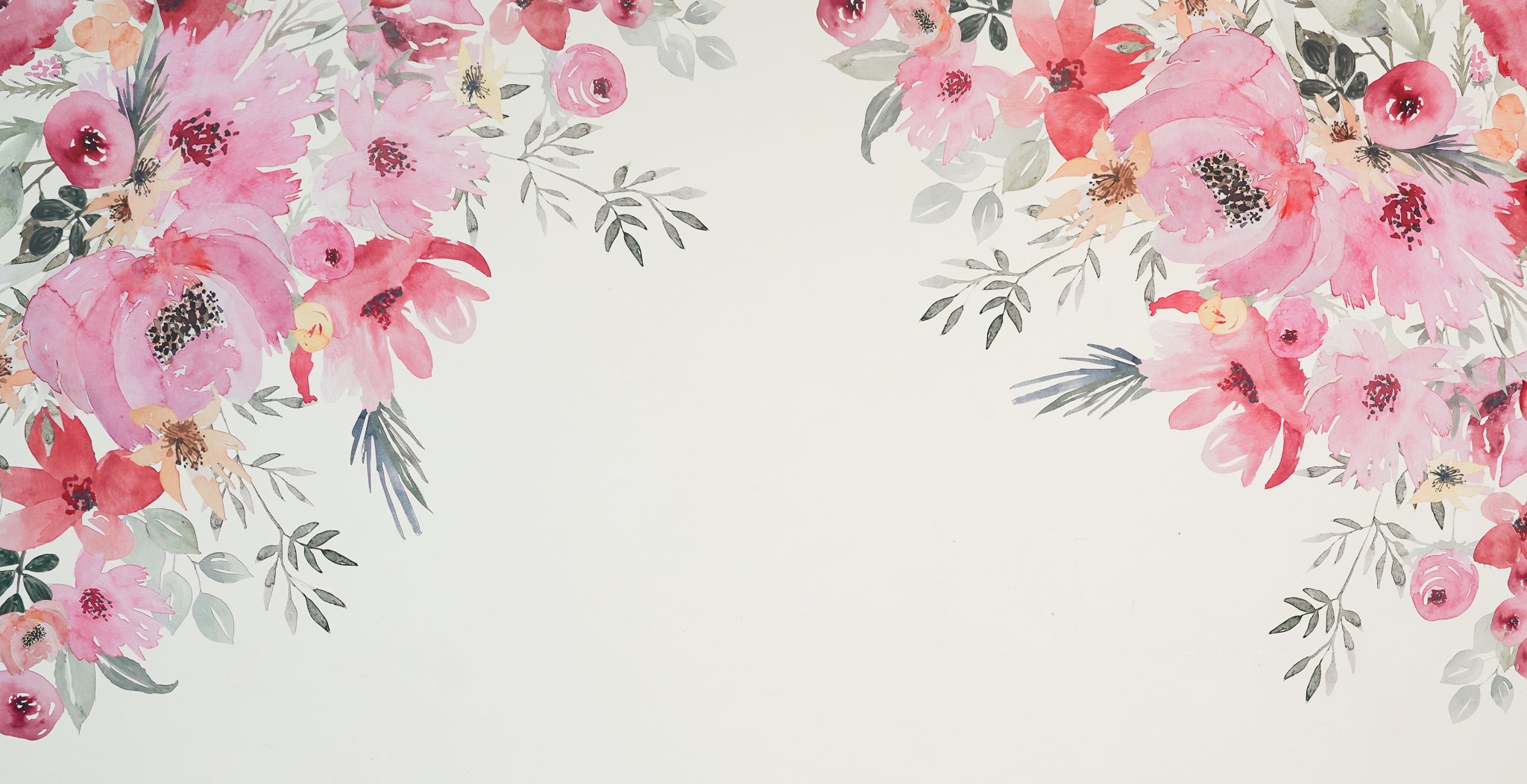
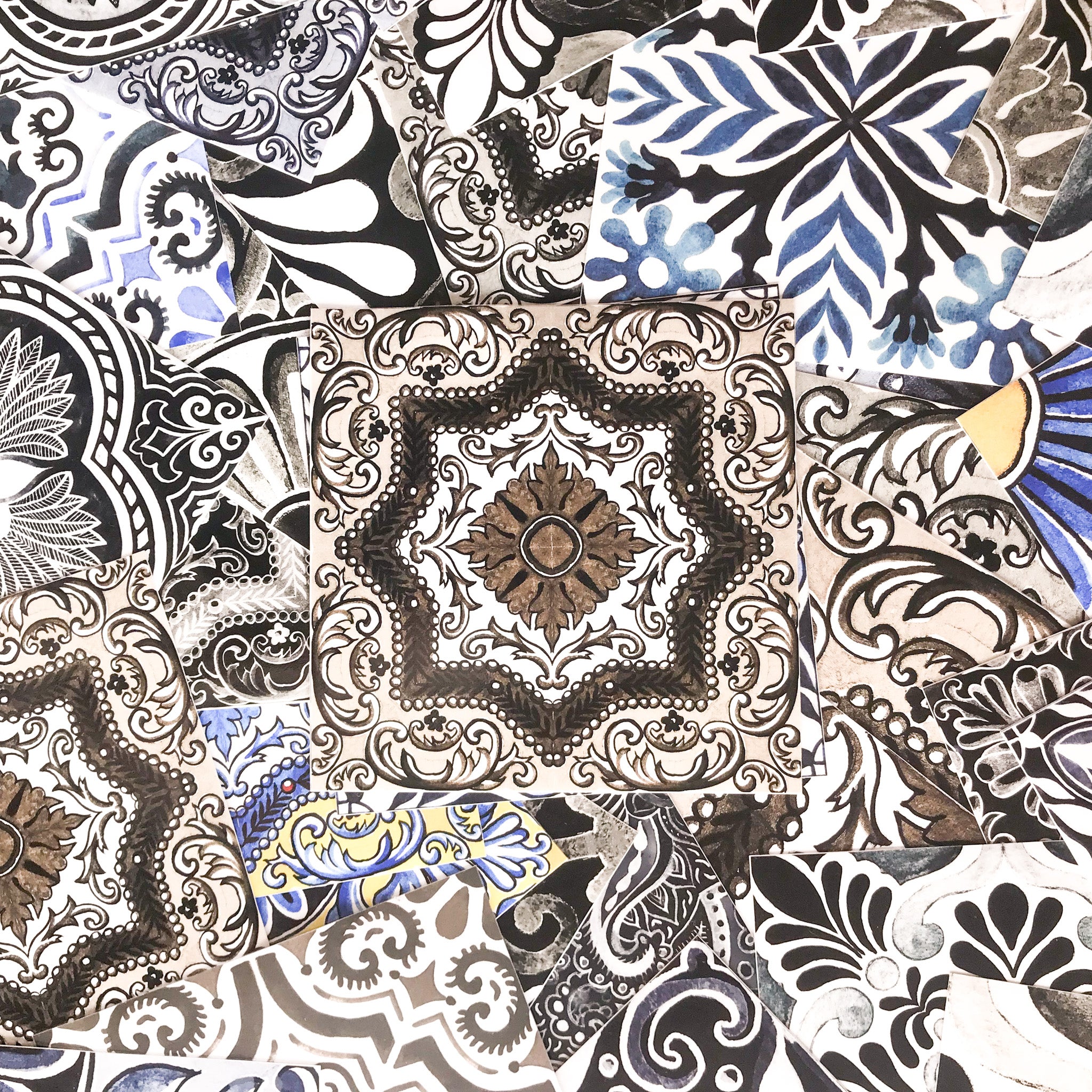
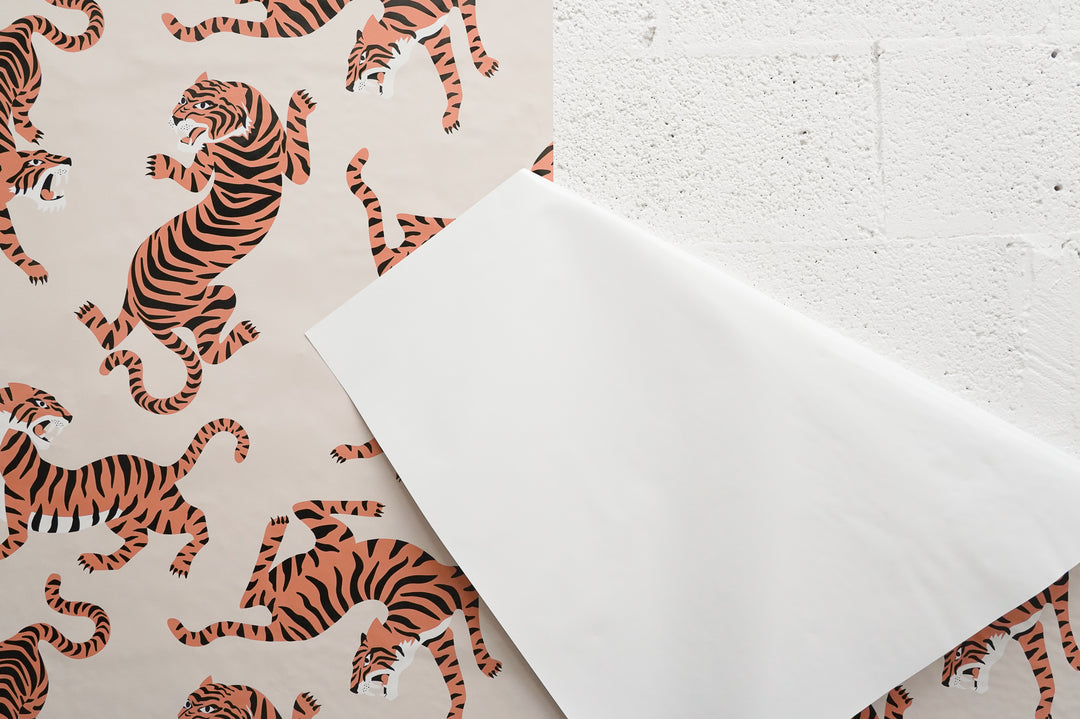

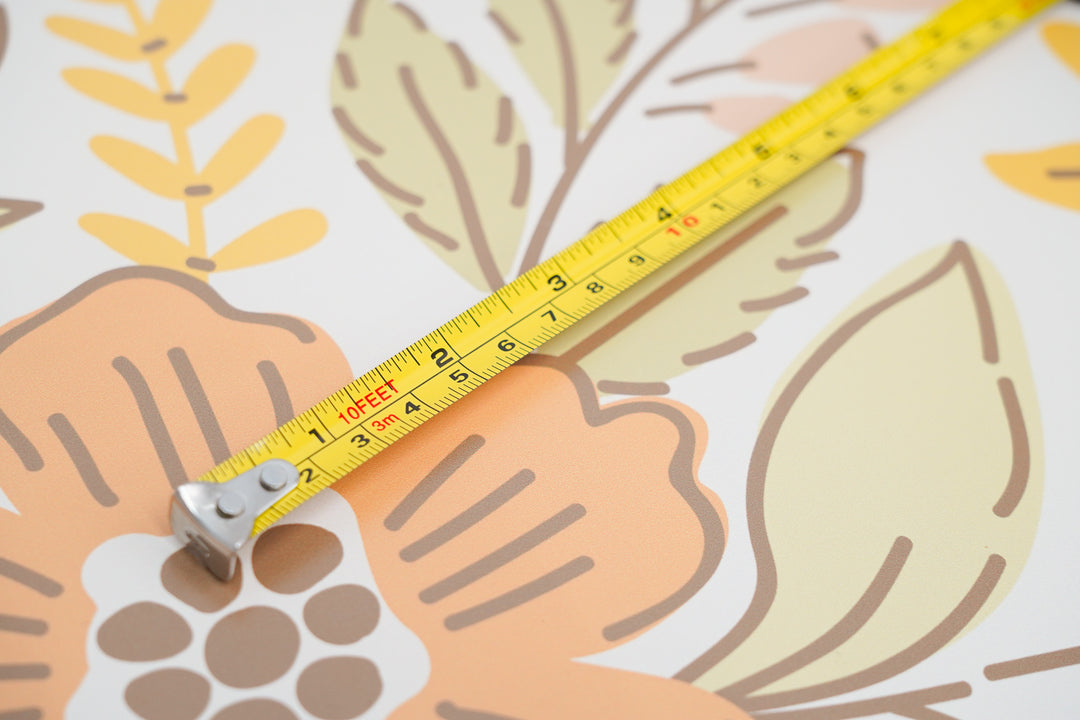
Leave a comment